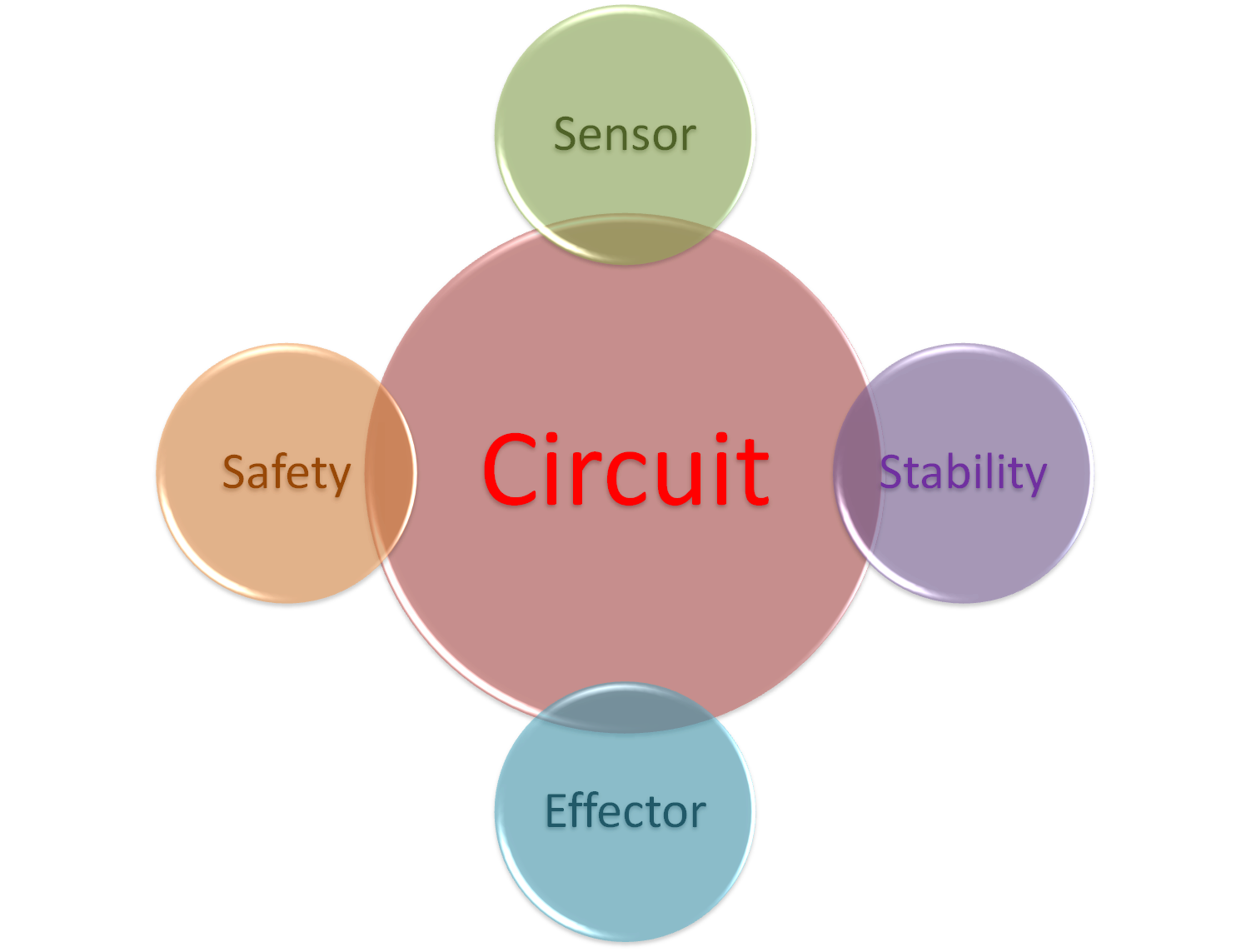Team:NTU-Taida/Project/Introduction
From 2012.igem.org
Contents |
Introduction
Introduction
We seek to bridge the fields of synthetic biology and pharmacology to provide a revolutionary way of drug delivery called PEPDEX, the ultimate delivery system of peptides. Peptides bind to specific receptors and regulate many physiological processes. For instance, peptide-based hormones such as insulin, growth hormone, and ACTH coordinate many physiological functions, including energy metabolism and stress responses. Peptides have long been widely used in pharmacology to treat certain diseases. With a better understanding of diseases, peptide-based drugs can now be applied in many disease modalities (except for hormonal supply), such as neurology, and immunology. Structurally, peptide-based drugs have many benefits. First, they can be processed and modified to bind seamlessly to specific receptors with complex 3D structures, which may not be accessible to small molecule drugs. Second, when applied in immunology, synthetic peptides can be used to mimic epitopes presented to antigen-presenting cells. Modified synthetic peptides show great efficacy in the induction of cognate CD4 T-cells, which is required for therapeutic activity against infectious diseases, and, in particular, cancer. In our project this year, we demonstrate the PEPDEX system as a mind-altering bacterium which deliver neuropeptide GLP-1 directly into circulation and act on the brain, modulating the eating behavior and protecting the cognitive function as well.
Structure of PEPDEX
Our PepdEx system consists of 5 conceptual parts, the sensor, the effector, the main circuit, the stability module, and the safety module.
- Sensor
According to different effects of peptides, modes of delivery, and ways of triggering, we can have different sensor modules. The triggering mechanisms can be physical/chemical properties (temperature, pH value), innate biomolecules (cytokines, hormones, neurotransmitters, surface antigens), or external signals for artificial induction (arabinose, antibiotics). The ways how these triggering factors change and interact with our sensors determine the time points and reactive duration of our systems. - Effector
Various peptide-based drugs of different therapeutic effect can be designed and incorporated into the effector part of PepdEx. They are synthesized and secreted by the bacteria using different signal sequences that target to endogenous secretion systems of bacteria. Examples are short peptides that serve as cancer vaccines, desensitizing apitopes for anti-allgery, or hormone analogues. - Main circuit
The main circuit is the heart of our PepdEx. It performs sophisticated computational tasks, comprising elements serve as filters, gates, and switches. The structures and logical designs determine the mode of delivery. Three basic modes are constitutive (for maintenance of constant concentration), oscillating (for mimic of pulsatile hormone release or repetitive boosts in vaccination), and inducible (for quick sensing-reactive response) delivery. Modules of quorum sensing can be incorporated for synchronization or population recruitment in order to amplify the response. Via systemic analysis and fine adjustment of different parameters inside the circuits, we are able to regulate the strength, response time, and duration of the peptide delivery. - Stability
In a system with large amounts of artificial gene circuits inside the bacteria, the issues of stability rise due to segregational instabilities, multimer catastrophe, and burden effect of the plasmids. These may lead to death or populational imbalance of these bacteria inside the intestinal environment. Modules containing partition system, multimer resolution system, and toxin-antitoxin system are designed to solve these problems respectively, in order to maintain the stability of our PepdEx system. - Safety
Serious concerning the safety problems of our engineered bacteria inside the human bodies or in the environments, we delineate ways to prevent the undesirable growth and colonization of these bacteria. A safety module with a thermal sensor coupling with an oxygen sensor and toxin-antitoxin system is sketched to kill those who unintentional escape from the intestines. Besides, traditional antibiotics use followed by fecal microbiota transplantation rescues the hosts from overwhelming colonization of these bacteria and any unwanted effects and helps to rebuild the normal microbial composition.
 "
"


